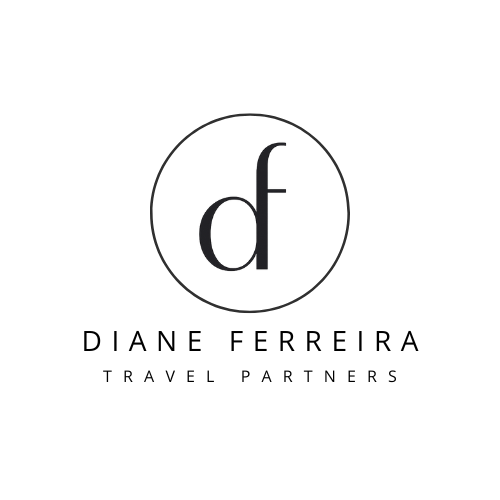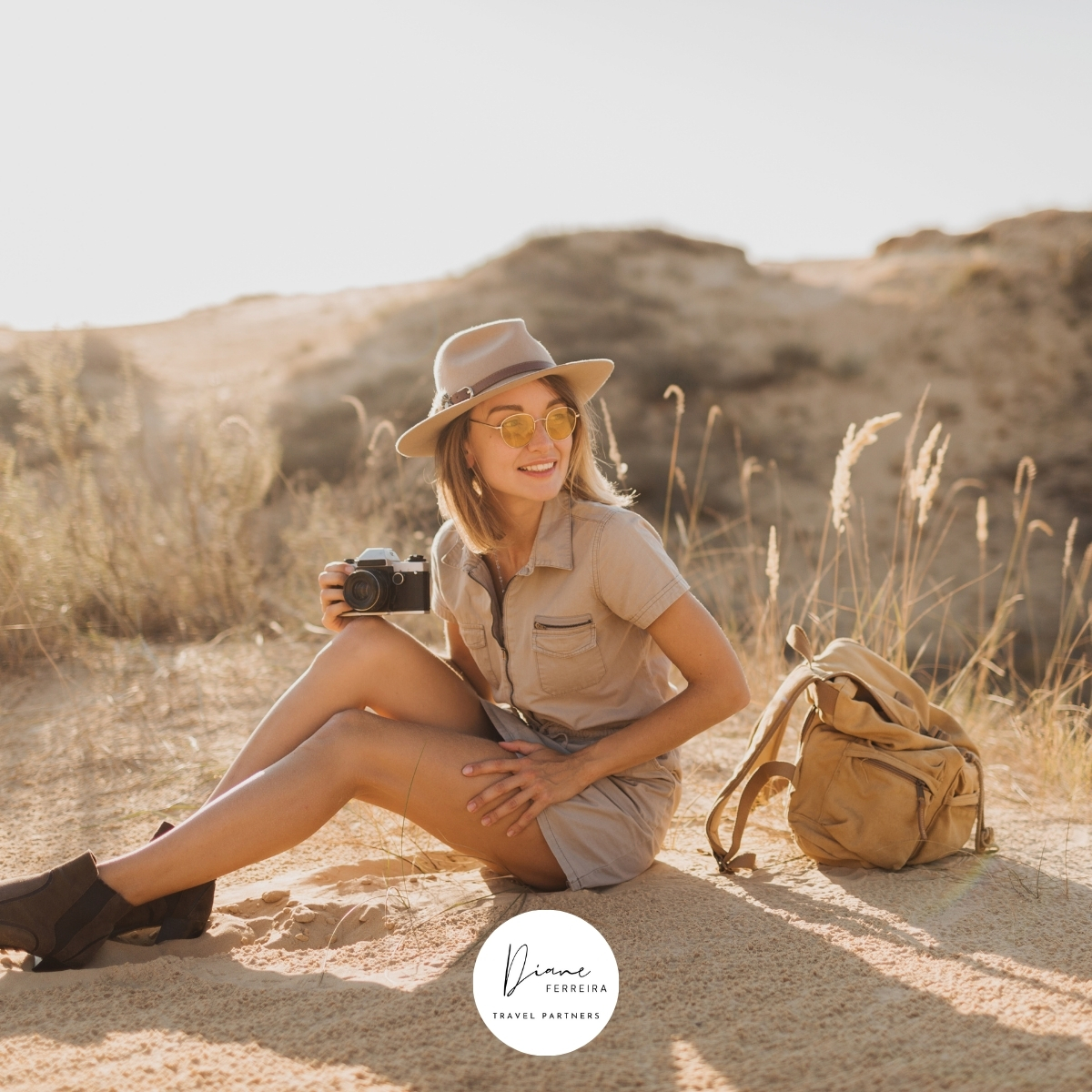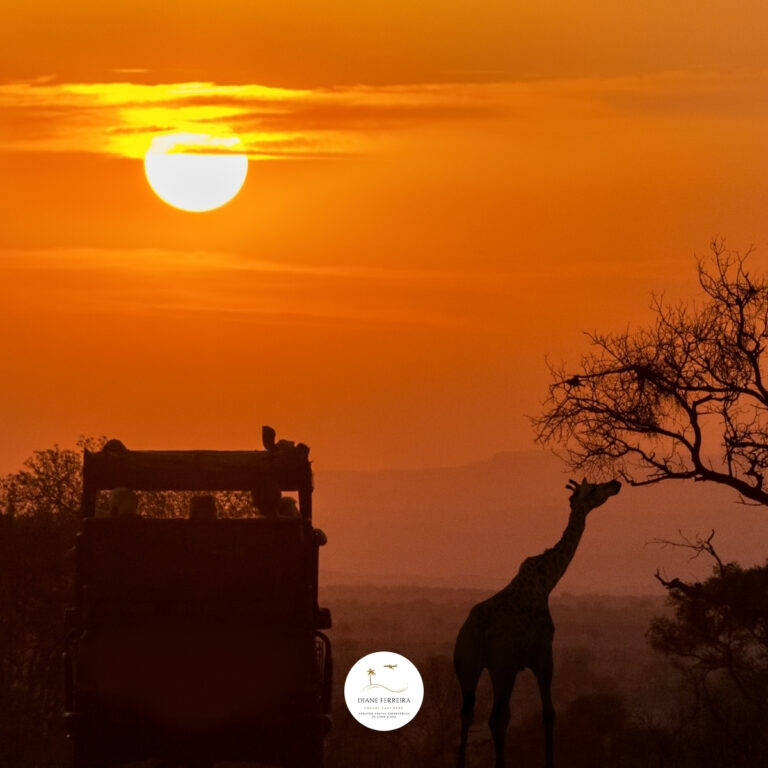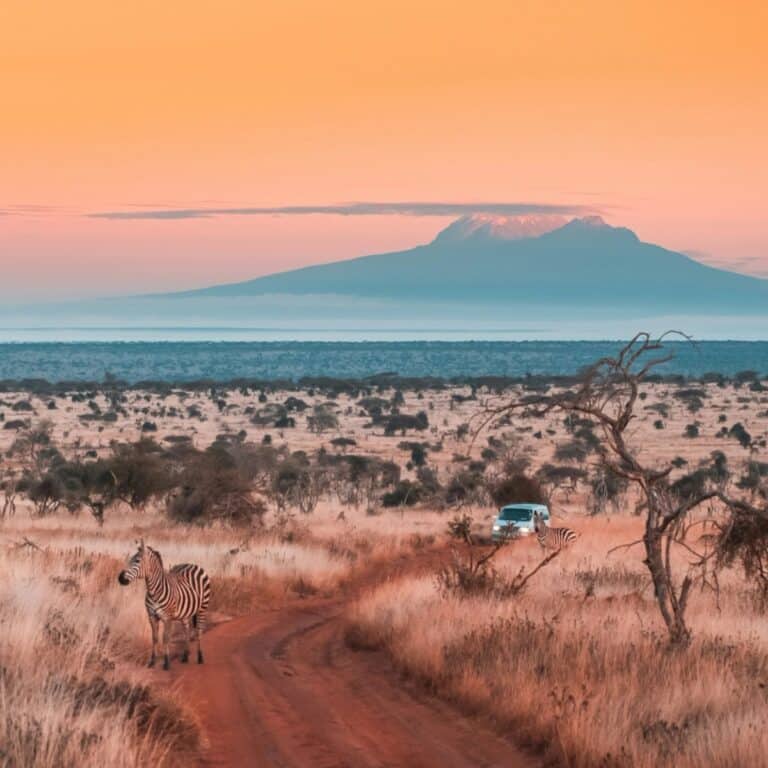Why Are Safaris So Expensive? Plus Smart Ways to Save Without Sacrificing Luxury
Please note that this article may contain affiliate links. As an Amazon Associate, I earn on qualifying purchases at no additional cost to you. You can read more at the bottom of this page or read my full disclosure on my Affiliate Disclosure Page
Champagne at sunrise in the Serengeti. A private guide who knows which tree that leopard loves. Dinner under a billion stars.
A luxury African safari is the ultimate bucket-list trip. But let’s be real: the sticker shock makes people clutch their pearls. So… why are safaris so expensive?
So Why Are Safaris So Expensive?
Here’s the quick answer:
African safaris are expensive because they happen in remote wilderness with limited infrastructure, rely on high staff-to-guest ratios, include conservation fees and park permits, run all-inclusive services with specialized vehicles and charter flights, and limit guest numbers for exclusivity.
Quick List of Reasons
- Remote locations and bush logistics
- High staff-to-guest ratios and expert guiding
- Park permits, conservation fees, and levies
- All-inclusive food, drinks, activities, and laundry
- Specialized vehicles, charters, and maintenance
- Small camps with limited capacity and high demand
- Premium amenities and privacy at top lodges
Now let’s break this down.
Remote Wilderness = Big Logistics
Safari lodges are planted in the middle of nowhere (by design). Every bottle of wine, every sheet, every gallon of fuel has to be flown or trucked in. Airstrips are short, roads are rough, and small planes don’t exactly ship Costco-sized loads. That remoteness is part of the magic… but also part of the bill.
Staff-to-Guest Ratios That Spoil You
In the city, a hotel might have one staffer for every dozen guests. On safari? It’s often the reverse. Your personal guide, tracker, chef, butler, housekeeper, and even the ranger you never meet who’s keeping wildlife at bay, they’re all part of the payroll. Luxury service doesn’t happen without people, and people cost money.
Conservation and Park Fees
Every time you set foot in a national park or private conservancy, you’re also funding its protection. Permits, park fees, and conservation levies often cost hundreds per day. That gorilla permit in Rwanda? $1,500… and worth every cent for the once-in-a-lifetime experience. High fees keep visitor numbers low and ecosystems healthy.
What “All-Inclusive” Really Means
On safari, “all-inclusive” is not a sad buffet and watered-down cocktails. It’s twice-daily game drives, walking safaris, sundowner gin and tonics, three-course dinners, laundry, and often fine South African wines. When you compare that to piecemeal city pricing, the bundled value is clear, but the upfront price tag reflects it.
Planes, Jeeps, and the Cost to Run Them
Those rugged safari vehicles? Each can cost $100,000+ and guzzle fuel daily on rough terrain. Add maintenance in the bush and you see why drives aren’t cheap. Small-plane flights between camps… with strict baggage limits…also add to the expense. Safari transportation isn’t Uber; it’s custom, remote, and pricey.
Small Camps, Big Demand
Most luxury camps max out at 6–12 tents. That intimacy is why you don’t see 20 vehicles crowding one lion sighting. But small capacity means the cost isn’t spread over hundreds of rooms. Demand stays sky-high because exclusivity is the draw.
Premium Amenities and Privacy
Private plunge pools. Copper bathtubs flown in from Europe. Spa tents overlooking the savanna. And the kind of quiet you only hear when the only noise is lions calling at night. These extras push costs higher and they’re why luxury travelers come back saying it was “worth every penny.”
Is It Worth It?
Yes. A safari isn’t just a vacation… it’s waking up to elephants outside your tent, or watching a leopard stalk at dusk with no other jeeps in sight. It’s also knowing your spend keeps ecosystems intact and communities supported. For many, the safari becomes the trip of a lifetime and the memories don’t depreciate.
Smart Ways to Make a Safari More Affordable (Without Losing the Magic)
Go in Shoulder Season
Travel in May, June, or November for many destinations. Wildlife is still fantastic, crowds are thinner, and rates can dip.
Shoulder Season is that sweet spot between the busy peak season (when prices are highest and crowds are thickest) and the low season (when weather can be less ideal or some lodges close). Think of it as the “in-between” time… usually just before or right after peak season.
On safari, shoulder season often means:
- Lower rates compared to the height of peak season.
- Fewer crowds, so your wildlife sightings can feel more exclusive.
- Great wildlife viewing, since animals don’t check the calendar.
It’s basically the insider’s hack: same magical safari, softer hit to the wallet.
Choose Value-Rich Countries
South Africa and Namibia offer incredible lodges at lower nightly rates than Botswana. Zambia and Zimbabwe deliver wild, authentic experiences for less.
Mix Your Portfolio
Do three nights ultra-luxury and three nights “luxe light.” You’ll get both brag-worthy splurges and sensible savings.
Fewer Camp Moves
Stay longer at each camp to cut down on costly transfers and sink into the rhythm of the bush.
Book Early, Be Flexible
Booking 9–12 months out locks in better pricing. Consider alternative airports or mid-week departures.
Family & Multi-Gen Hacks
Look for malaria-free reserves if you’ve got kids. Consider villas or exclusive-use lodges that spread costs across a group.
Know Where to Splurge vs Save
Splurge: guiding, location, and conservancy access.
Save: room category, one fewer charter flight, fewer relocations.
Sample Safari Cost Guide
| Tier | Per Person, Per Night | What It Includes |
|---|---|---|
| Luxe Light | $600–$900 | Shared drives, boutique camps, meals, drinks |
| Luxury | $900–$1,600 | Premium camps, top guides, all-inclusive |
| Ultra-Luxury | $1,600–$3,000+ | Iconic lodges, private dining, exclusive experiences |
(This is just a sample and prices can vary. Airfare and gorilla permits not included.)
FAQs
-
Is a safari worth the money?
Absolutely… for exclusivity, wildlife, and conservation impact, safaris deliver unmatched value.
-
What’s the average cost of a luxury safari?
Plan for $900–$1,600 per person per night, not counting flights.
-
Which countries offer the best value?
South Africa, Namibia, Zambia, and Zimbabwe offer luxe experiences with gentler price tags.
-
Can I take kids affordably and safely?
Yes — malaria-free reserves and family-friendly lodges make it possible.
-
What’s included in all-inclusive?
Accommodation, meals, drinks, twice-daily activities, laundry, and often extras like sundowners.
Plan Your Safari With Confidence
Ready to turn sticker shock into a trip of a lifetime? Let’s chat. I offer a free 30-minute consultation where we’ll go over your wishlist animals, timing, comfort level, and budget. I’ll map out a few luxe options, explain trade-offs, and help you pick the safari that fits you best.
No pressure. Just clarity… and the first step toward lions at sunrise.
And be sure to join our exclusive luxury travel group here where you’ll find exclusive inspiration, insider tips, and meaningful connections with like-minded travelers who share your passion for unforgettable journeys.



